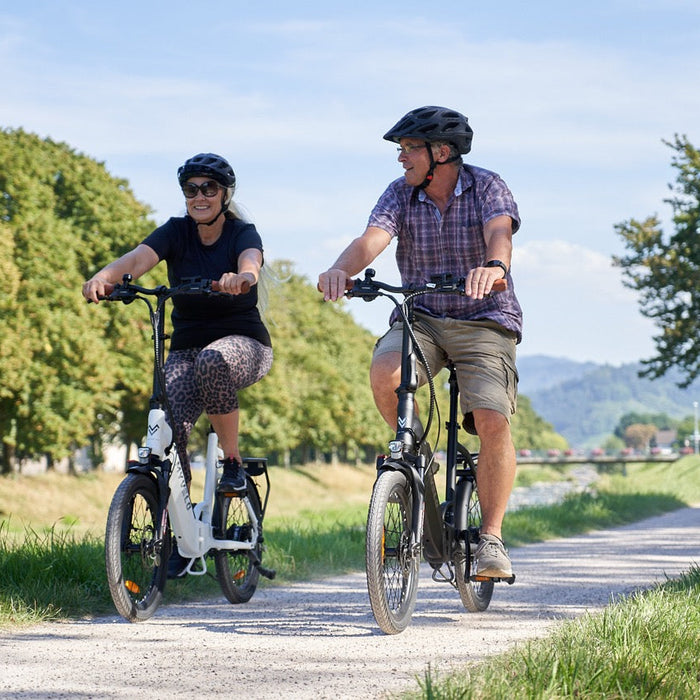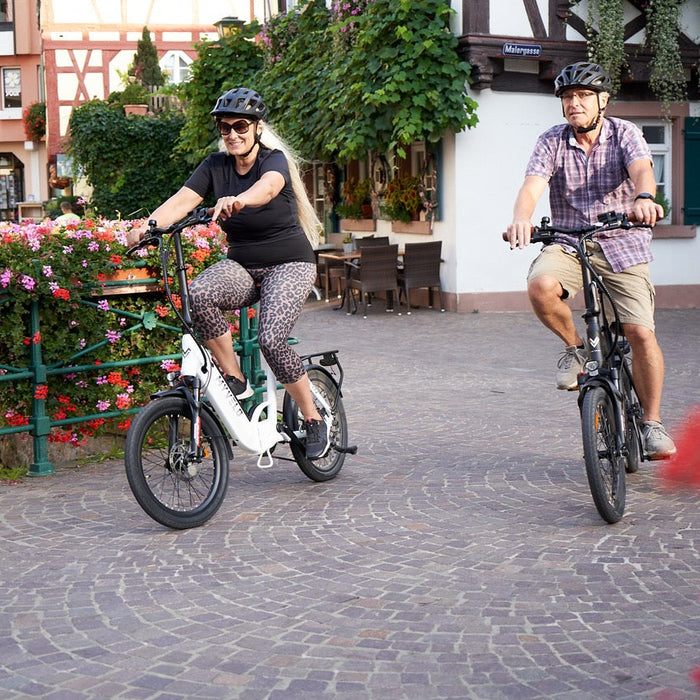An aero bike, short for aerodynamic bike, is a specially designed bike that is optimized for maximum aerodynamics. The main goal in designing aero bikes is to minimize air resistance and thus increase speed by making the shape of the bike and its components aerodynamic.
These bikes are typically designed for racing and time trial events where speed and efficiency are of paramount importance. Aerodynamic optimization often affects the frame, fork, wheels, handlebars and other components to keep air resistance as low as possible.
Typical features of an aero bike are:
- Shape of the frame and tubes: These are often shaped to improve airflow around the bike by providing the smoothest possible surface and favorable wind angles.
- Integrated components: Some aero bikes have integrated handlebars, brakes and other components to further reduce drag and create a seamless, aerodynamic shape.
- Special wheels: Low-drag aerodynamic wheels also help improve the efficiency of the bike.
Aero bikes are often used by professional cyclists and triathletes as they can provide a decisive advantage in competitive situations, especially at high speeds or in time trial races. However, they can tend to be more expensive compared to traditional road bikes or other types of bikes due to their special construction and technology.





